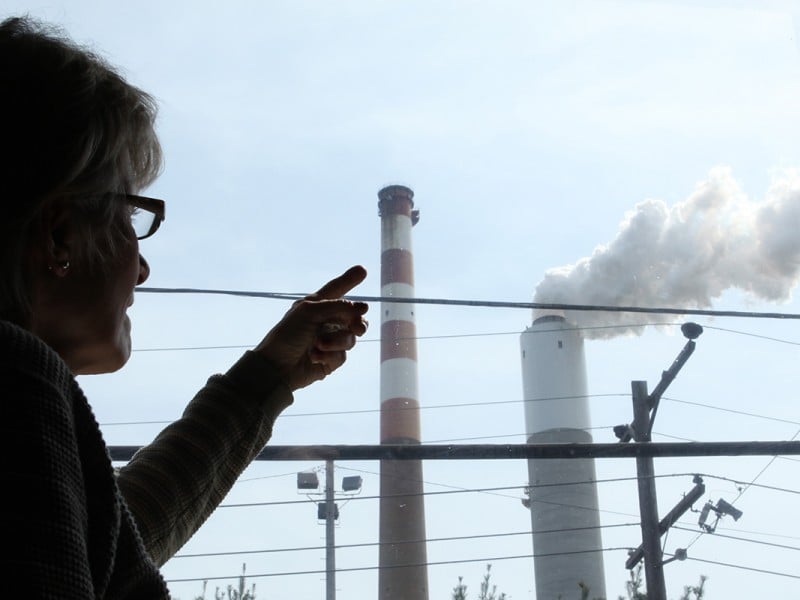Part of the challenge to clean the supply of air is to recognize that the world has an air pollution problem. The problem, in fact, is so extensive, the situation has reached crisis proportions. The World Health Organization, besides concluding that 7 million people each year in the world lose a personal fight to hold onto life on account of their succumbing to polluted air’s life-sapping effects – deaths that were totally unnecessary as in their being completely prevented, the WHO has also determined recently that now 99 percent of the global population is exposed to polluted air. You read right: 99 percent. That’s approximately 7.425 billion lives negatively affected.
In an Apr. 4, 2022 WHO press release the organization announced that the findings have prompted it “to highlight the importance of cutting fossil fuel use and taking other tangible steps to reduce air pollution levels.”
WHO also stressed that “… the evidence base for the damage air pollution does to the human body has been growing rapidly and points to significant harm caused by even low levels of many air pollutants.”
A call to action most definitely!
Though some of the air pollution concentration and/or quantity has been the result of certain meteorological conditions surfacing such as high winds, lightning strikes, high temperatures/dry conditions, etc., much of it is due to the contribution from anthropogenic (human) activities.
Why we need to get and stay ahead of this
At the end of the day if we keep charging ahead the way we are and the way we’ve been, the path forward will be unsustainable. Compounding the crisis and making matters worse are both the direct and feedback-loop effects associated with global warming and climate change.
As it may relate, the Intergovernmental Panel on Climate Change also in its Apr. 4, 2022 “The evidence is clear: the time for action is now. We can halve emissions by 2030,” press release, reported, “In 2010-2019 average annual global greenhouse gas emissions were at their highest levels in human history, but the rate of growth had slowed. Without immediate and deep emissions reductions across all sectors, limiting global warming to 1.5 [degrees] C is beyond reach. However, there is increasing evidence of climate action, said scientists in the latest Intergovernmental Panel on Climate Change (IPCC) report released today.”
”’We are at a crossroads. The decisions we make now can secure a liveable future. We have the tools and know-how required to limit warming,’ said IPCC Chair Hoesung Lee. ‘I am encouraged by climate action being taken in many countries. There are policies, regulations and market instruments that are proving effective. If these are scaled up and applied more widely and equitably, they can support deep emissions reductions and stimulate innovation.’” “If,” of course, being the operative word here.
Any way you look at this, there is a clear message here. Among the solutions are electrification, efficiency improvements and alternative fuel use in the energy sector, the IPCC recognized, further adding, “Cities and other urban areas also offer significant opportunities for emissions reductions. These can be achieved through lower energy consumption (such as by creating compact, walkable cities), electrification of transport in combination with low-emission energy sources, and enhanced carbon uptake and storage using nature. These are options for established, rapidly growing and new cities,” the IPCC went on to state in the release in question. These strategies can be implemented globally. And, these are not just effective with regard to greenhouse gas emissions reductions in isolation: They are effective emissions-reductions strategies universally.
”Agriculture, forestry, and other land use can provide large-scale emissions reductions and also remove and store carbon dioxide at scale. However, land cannot compensate for delayed emissions reductions in other sectors. Response options can benefit biodiversity, help us adapt to climate change, and secure livelihoods, food and water, and wood supplies,” the IPCC continued.
The urgency is real. The time to act is now. Any further delay could mean critical goals are missed. That’s what we’re facing here.
– Alan Kandel
Copyrighted material.

Good article.